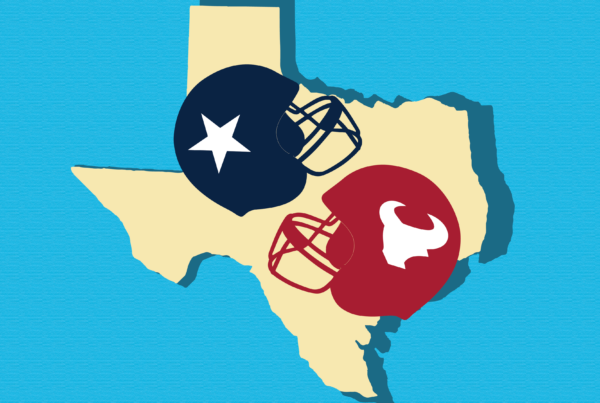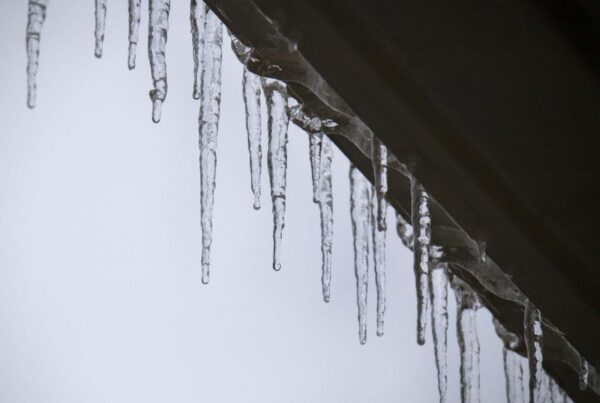Texans across the state are making preparations for the incoming winter storm – stocking up on nonperishable foods, fueling up generators and winterizing pipes.
But look out the window: Are your trees ready for the freeze? High winds and ice can knock down limbs and even uproot mature trees, potentially leading to property damage.
While you can’t prevent every tree-related mishap, there are some steps to reduce their likelihood. Karl Flocke, woodland ecologist with the Texas A&M Forest Service, shares some advice on how to protect plants and assess damage after the fact.
How should trees be protected before a winter storm hits?
One of the biggest challenges with the upcoming winter weather is going to be the overall cold and freezing temperatures, Flocke said, so homeowners can mitigate effects by watering their trees.
“Now, that sounds a little counterintuitive,” he said. “But water is actually a really great thermal insulator. So by providing water to the soil, you’re going to help to regulate that soil temperature and really buffer the overall changes around those fine roots, which are going to make the tree happier in the long run.”
Flocke also recommends bringing potted plants inside and wrapping particularly cold-susceptible trees – such as more tropical or coastal varieties like palm, citrus or avocado – in blankets, tarps or plastic sheeting to help insulate them.
» MORE: How to stock your fridge and pantry for a possible power outage
What’s the best method for covering a tree with a tarp?
Flocke said that insulating around the base and roots is helpful if you have a large tree that you can’t completely cover – but that it’s usually extremities and furthest points that bear the brunt of cold damage.
“So if you can cover all the way out to the end, especially on things like those citruses, that’s going to be beneficial,” he said.
When and how should trees be pruned or trimmed?
Pruning ahead of a storm can be beneficial, especially if high winds or ice accumulation is expected, Flocke said, as ice can increase the overall weight of a branch by 20 times.
“Unfortunately for us, we probably don’t have much time to get that done ahead of this weekend’s weather,” he said. “But in general, looking long term, that is certainly a good practice that can help with the overall resiliency of your trees in the face of these kinds of weather.”
When it comes to deciding whether to call an expert or handle the tree trimming yourself, that will depend on you tree and your experience/comfort level, Flocke said.
“There are some good resources online, such as on the Texas A&M Forest Service website, talking about tree care – proper mulching, watering, pruning, things like that,” he said. “But if you get to a point where you feel like it’s exceeding your knowledge, it’s best not to cause harm, in which case you certainly want to reach out to a certified arborist to get that kind of work done.”
» GET MORE NEWS FROM AROUND THE STATE: Sign up for Texas Standard’s weekly newsletters
What’s the best way to care for damaged trees after a storm?
Good tree care after a storm to reduce cumulative stressors is going to include a proper watering regime, Flocke said.
“Now, of course, that’s kind of challenging for a lot of us, because we do experience very frequently outdoor water restrictions,” he said. “So making sure that we’re following those restrictions, but still getting the tree the water it needs when we can.”
Flocke also recommends mulching around the base of the tree to help regulate the temperature in the soil and provide nutrients.
“That’s a really good practice that you can use year-round to help your trees out,” he said. “A lot of people do it wrong: They pile mulch up against the trunk of the tree, which can create actually a harmful environment for the tree. So making sure that you’re you’re spreading it out broadly and not touching that mulch up against the trunk of the tree.”
And in the event of an ice storm – which is not in the forecast for next week – it’s important to prune and take care of safety hazards, Flocke said.



















